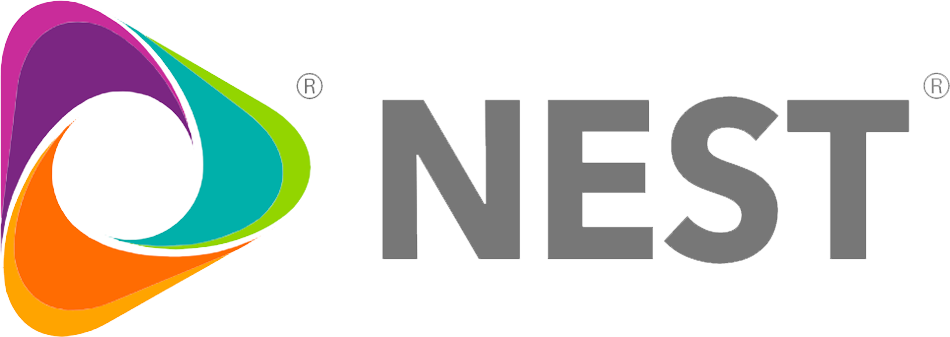Managing facilities maintenance (FM) performance and cost across a multisite business is a complex challenge. For traditional, in-house FM programs, reducing costs here typically results in a reduction of performance there. The interdependence of functions and resources requires a holistic approach to make any real progress toward FM program optimization.
Unlike a traditional FM program, an Integrated Facilities Management (IFM) solution incorporates the technology, provider network, and consultative expertise to better meet these organizational demands. And a better functioning FM program enables more predictable outcomes, reliable budgeting, and greater organizational agility.
Here are some of the strategies and tools offered by an IFM solution for reducing FM costs without sacrificing performance.
Use a CMMS to Improve Operational Efficiencies
Legacy work order software can keep track of job order progress, but be limited in managing maintenance across your program. A computerized maintenance management system (CMMS), part of an IFM solution, is a more comprehensive approach designed to improve operational efficiency across the organization.
A CMMS can track maintenance history, schedule service and preventative maintenance, and oversee inventory status一and that’s just for starters. NEST Facilitate is a cloud-based, end-to-end CMMS with automated workflows, dynamic access to location data and asset history, and mobile-friendly functionality一from anywhere.
With NEST Facilitate’s proprietary technology, you can assign service providers and follow updates and alerts throughout the work order lifecycle. The platform is free of tech fees for clients and contractors, and includes secure portals for permission-dependent access.
Importantly, NEST Facilitate provides full visibility of your FM program, enabling optimal allocation of labor and resources, reduced equipment downtimes, and improved operational efficiencies.
Consolidate Reporting for Better Decision Making
When auditing your locations, can you view all expense reports when and wherever you need to? Can you keep your data organized and easily accessible, or are you still using basic
spreadsheets? Even data from legacy software programs must often be manually transferred to other business systems, such as procurement, budgeting, and finance. This process can be time consuming and error prone.
NEST Facilitate easily integrates with most existing business systems so that costs and other program KPIs can be viewed from one platform and in full organizational context. Easily access historical and real-time program data to identify trends, manage budgets, and drive cost savings. Enhanced program transparency better informs decision making, for improved organizational financial planning and strategic positioning.
Manage Labor & Equipment for the Long Term
Repairing or replacing assets can consume most of your budget, so make sure you are looking at the bigger picture. Rather than cutting product or maintenance costs to save money in the short term, prioritize reducing labor, energy, and replacement costs in the long term.
Consider:
- How often do your assets need repairs? If your assets frequently need repairs, you may save more money in the long run by simply replacing them earlier. The cost efficiency of new equipment can often outweigh the costs of constant repairs and productivity issues.
- Are you spending too much on replenishing supplies? You’ll save more money by supplying your employees with products that optimize proficiency by enabling them to do more with less.
Adding robust preventative maintenance (PM) also helps. With a CMMS such as NEST Facilitate, smart technology and trend analysis can more accurately identify root causes of equipment failures and schedule maintenance beforehand. According to industrial plant professional trade publication and website Reliable Plant, PM also reduces the more costly unscheduled downtime and labor characteristic of reactive maintenance一up to an estimated 12 to 18 percent.
NEST Facilitate can also provide predictive maintenance, a next-generation protocol utilizing equipment behavior monitoring to anticipate the probability of a future breakdown. An alert prompts an online maintenance response before the issue appears, significantly improving worker safety and reducing overall cost and equipment downtime.
Use a Network of Trusted Service Providers
Do you have service providers you can trust when you need them? Vetting your vendors is essential for protecting your business, and should include a review of their capabilities, experience, locations, certifications, and insurance coverage, at a minimum. Using unqualified vendors now may cost you later, but vetting can be resource intensive.
NEST’s IFM solution includes access to a pre-vetted list of qualified independent service providers (ISPs) to help maintain and safeguard your business. And as your single point of contact for ISP coordination, NEST saves you valuable administrative time, and the headaches often associated with multiparty scheduling and organization.
NEST also uses service level agreements (SLAs) and negotiated, scaled pricing rather than the usual service provider hourly, trip, overtime, and emergency callout fees. This translates into improved coordination across sites, workflows, and maintenance schedules, and significant cost savings, which are also passed on to you.
Work With Experts on a Custom IFM Solution
Every FM program has its own set of distinct goals and challenges across its locations, people, and systems. Converting data into action requires human intelligence. To identify your best opportunities for cost reduction, program savings, and improved performance, work with IFM experts to customize a solution that aligns with your organization.
For example, NEST’s IFM team includes industry specialists, along with experts in FM operations, quality assurance, compliance, finance, and other areas. Taking a consultative approach, NEST can provide your FM team and company leadership with insights and actionable recommendations to capture program savings, develop long-term facility maintenance and budgeting strategies, and better position your organization for growth.







